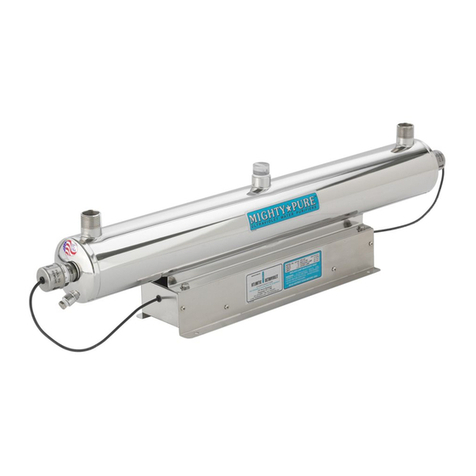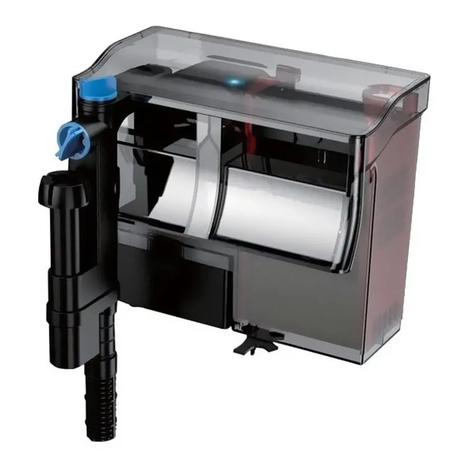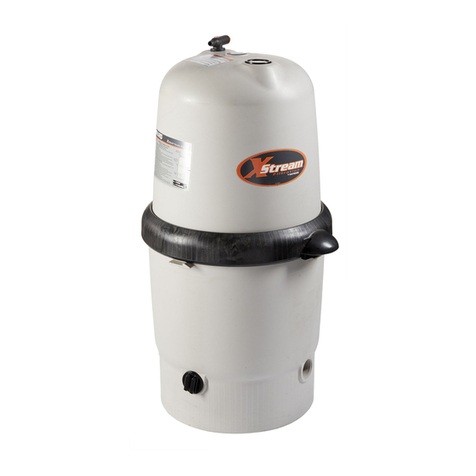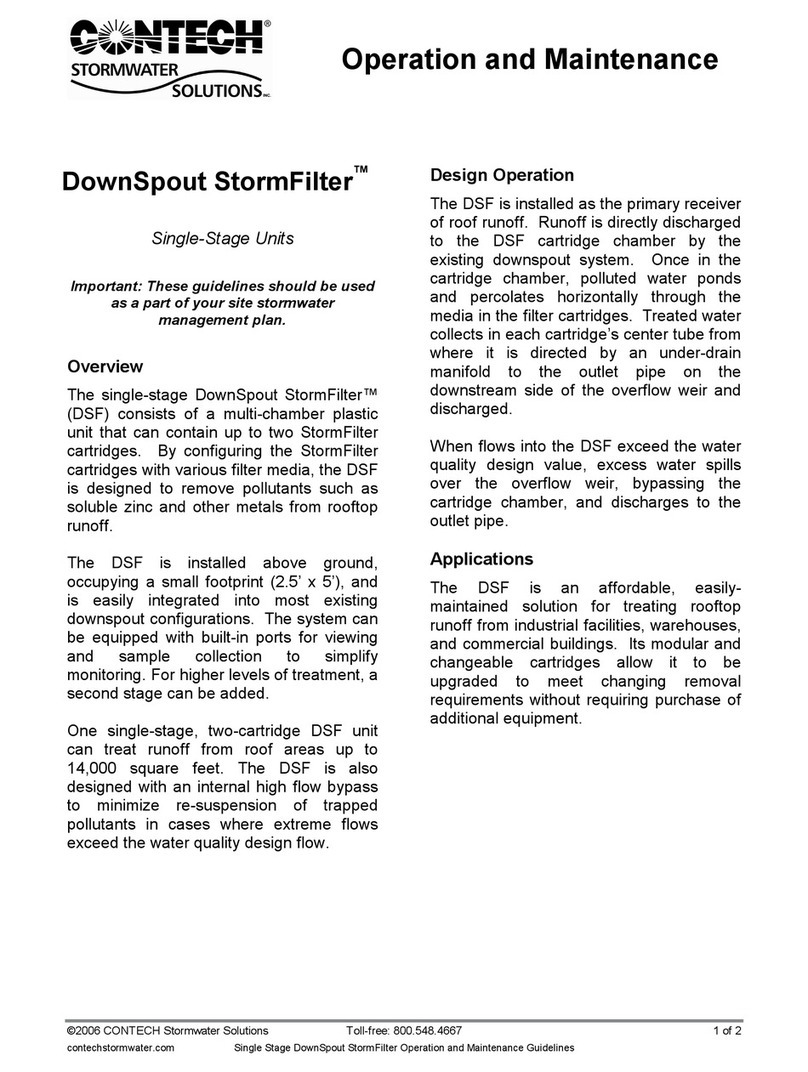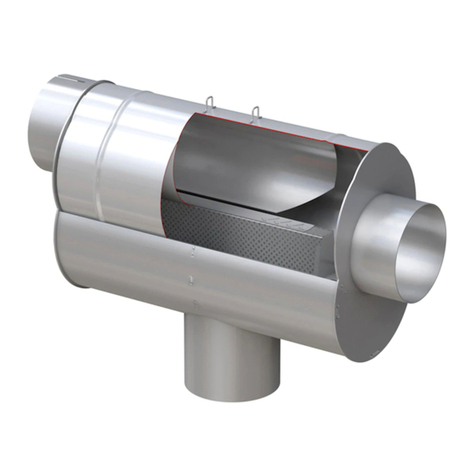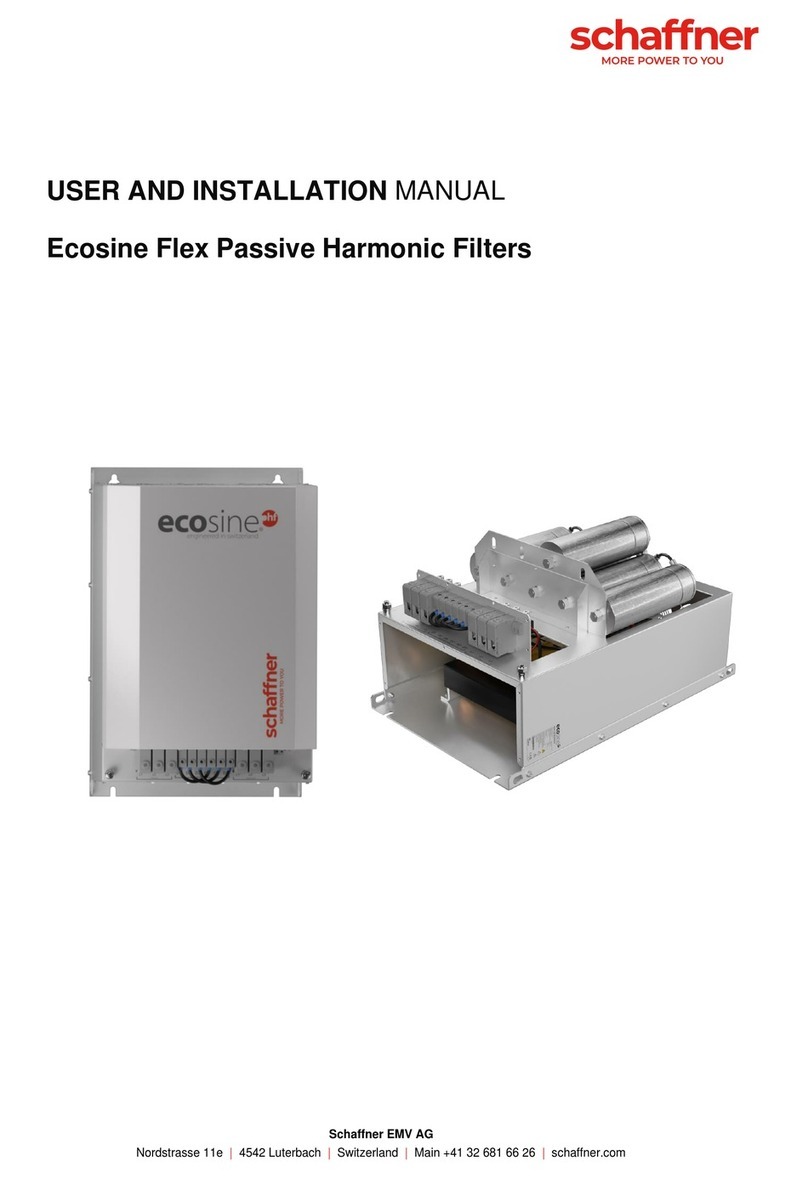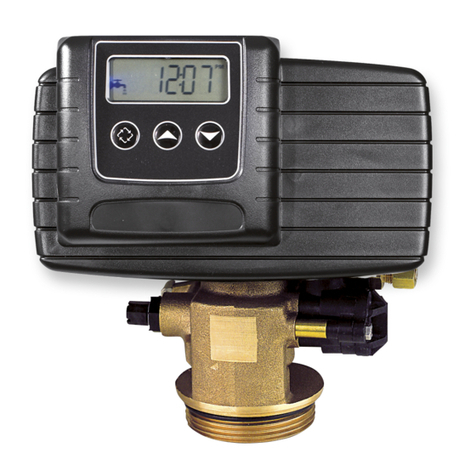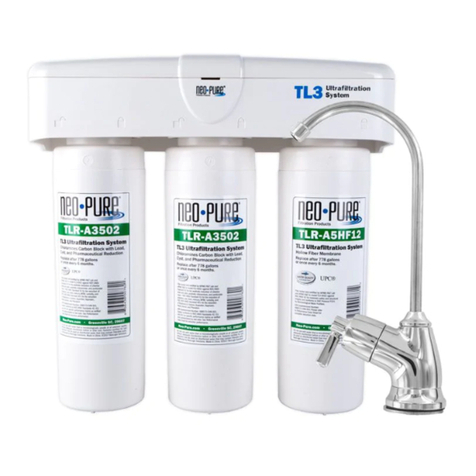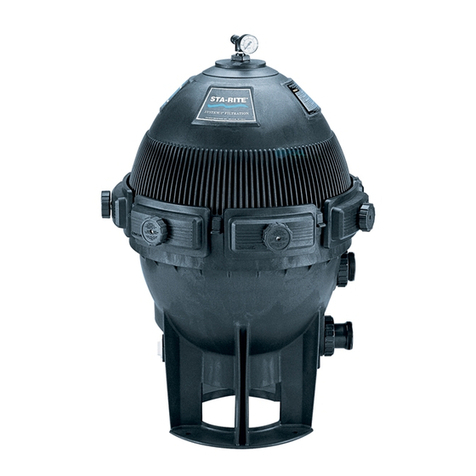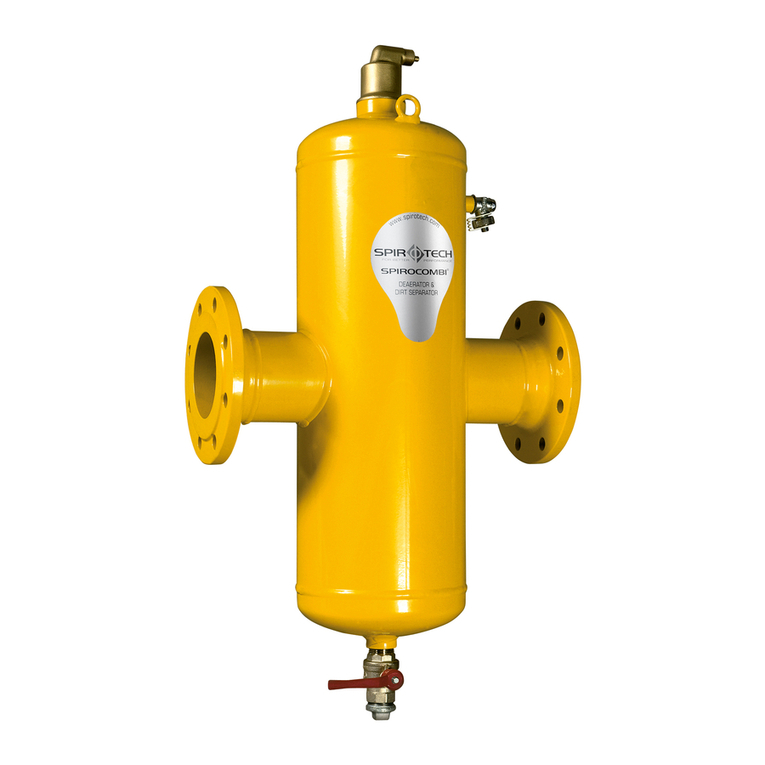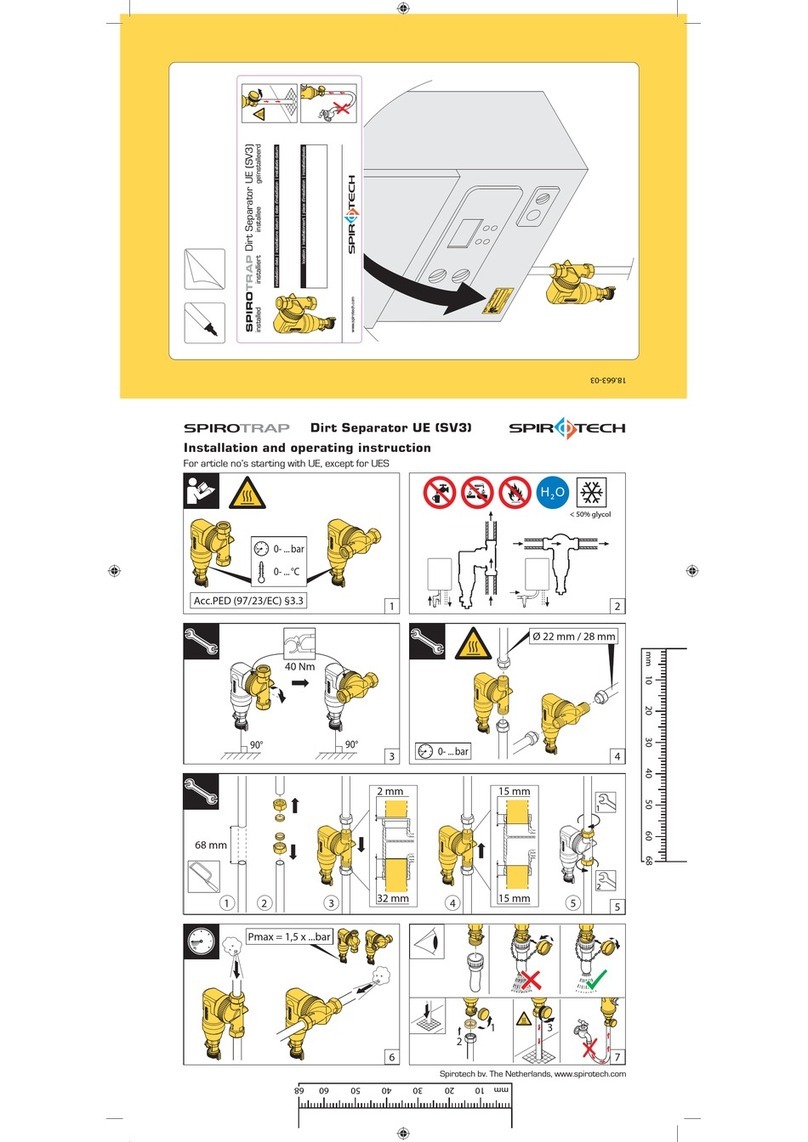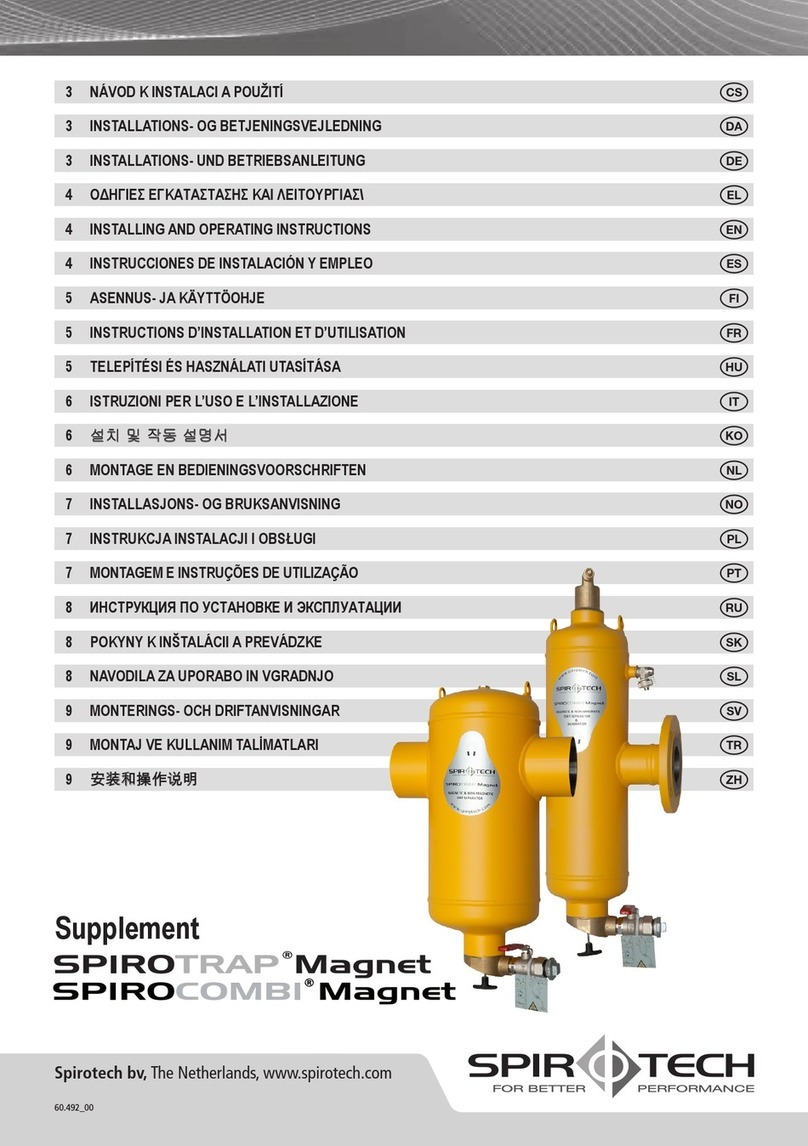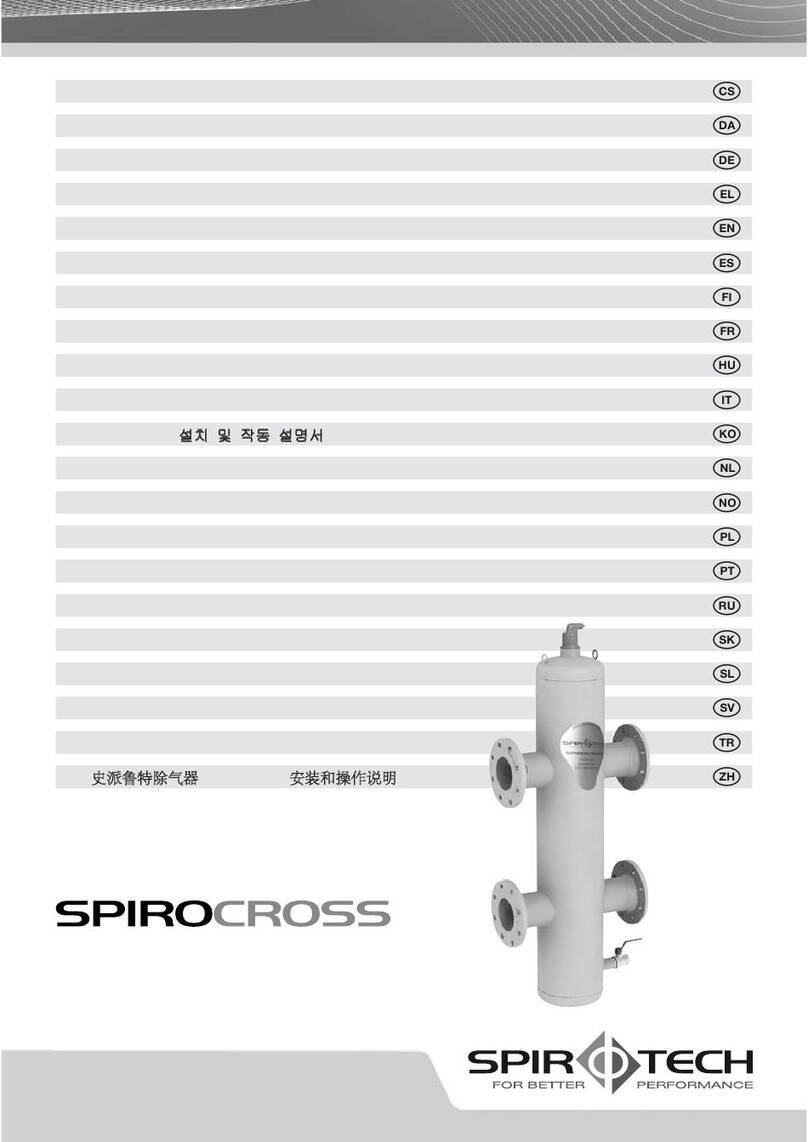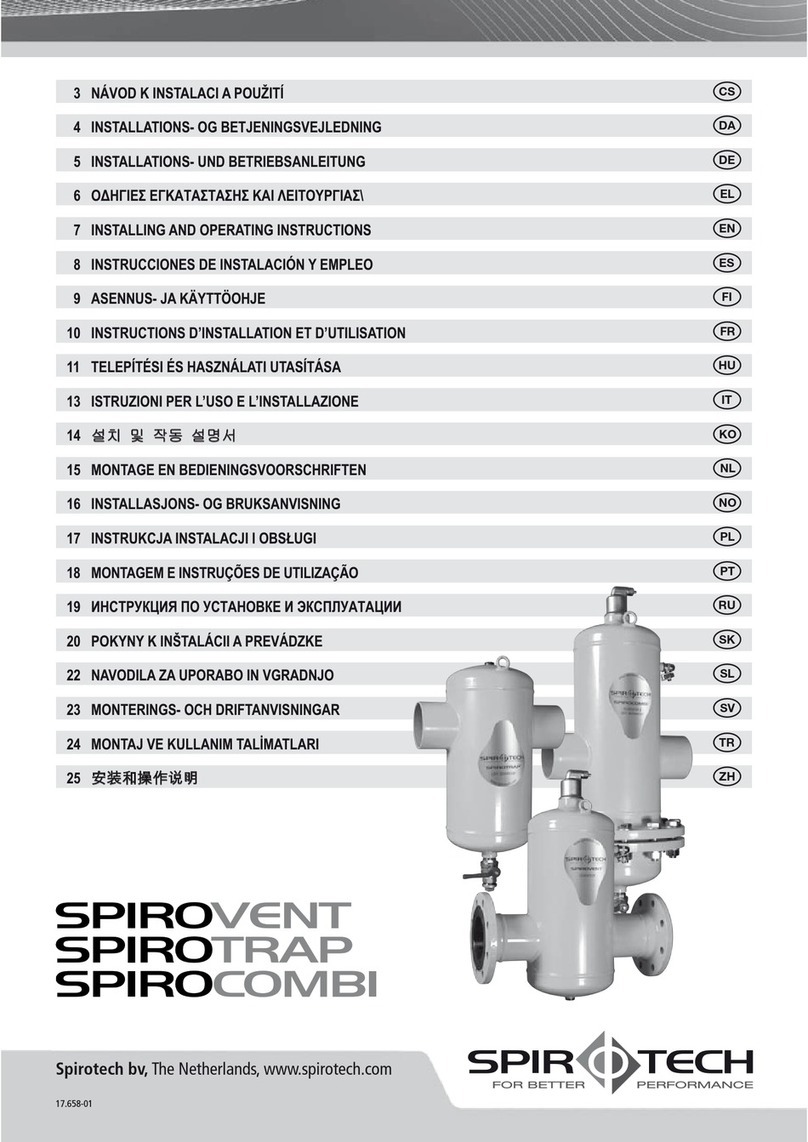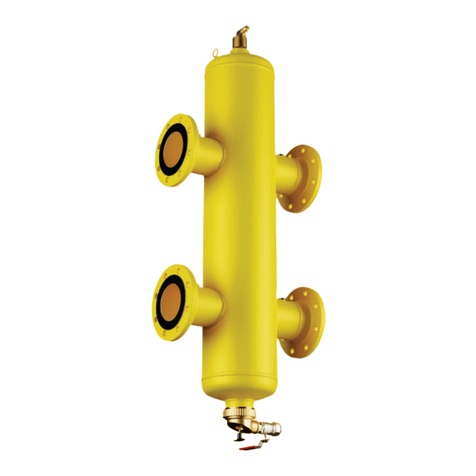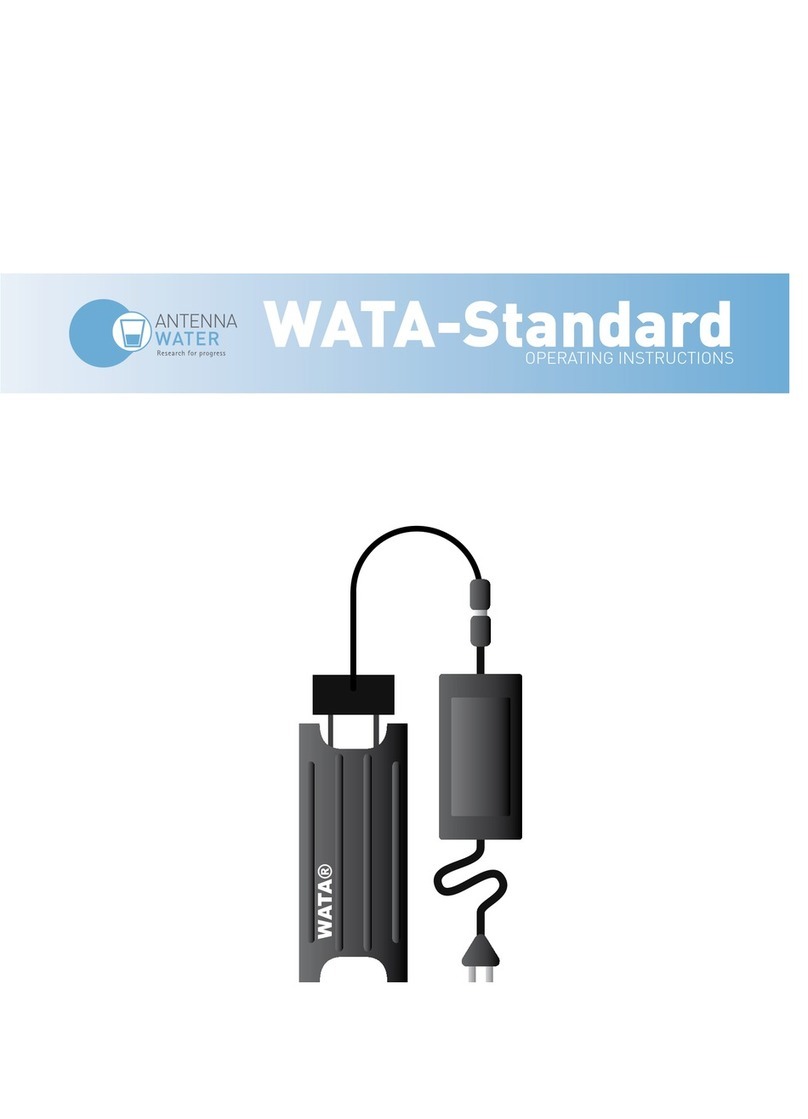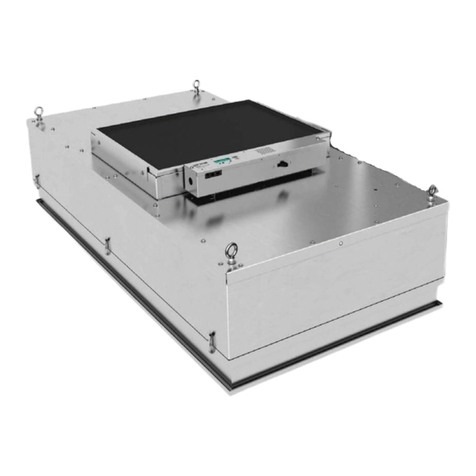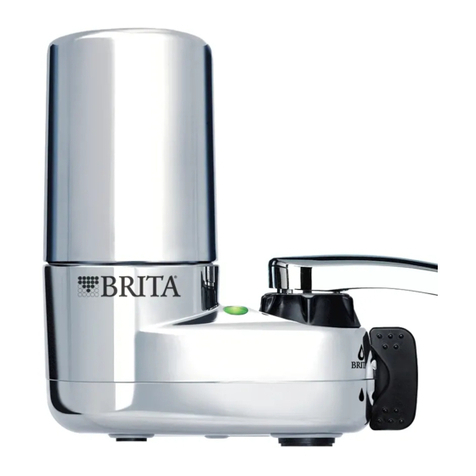
5 English User manual - 1.0
2.2.1 General
The Spirovent Superior is a fully automatic vacuum
degasser for heating and cooling installations, filled with
heat transfer fluids. These fluids contain dissolved and
free gases. The Spirovent Superior removes these gases
from the installation, preventing problems, caused by
gases in the installation.
2.2.2 Degassing
The unit starts up a degassing process each day at a time
set by the user. The process has two phases:
1 The rinsing phase: The fluid flows from the
installation through the solenoid valve (20) into the
vessel (10). The pump (3) continuously pumps the
fluid from the vessel into the installation. Here the
fluid absorbs gases present in the installation.
2 The vacuum phase: The solenoid valve (20) regularly
closes, starting a vacuum phase. The continuously
running pump (3) provides the necessary
underpressure in the vessel (10). The underpressure
causes the release of the gases dissolved in the
fluid, and these gases are collected at the top of the
vessel. At the end of the vacuum phase, the
solenoid valve (20) opens again, releasing the gases
from the installation through the automatic air vent
(8). The SmartSwitch (7) at the automatic air vent
ensures that the degassing is stopped as soon as
the content of dissolved gases has reached the
minimum level.
2.2.3 Refilling
S400-B and S400-R have an integrated refill function, and
can control the pressure of the installation. To control the
pressure the unit inserts, if necessary, additional
(degassed) fluid into the installation. Alternatively, the
unit can refill on demand of external equipment e.g.
expansion systems.
The refill process consists of a vacuum phase where fresh
fluid is sucked into the vessel (10): system valve (20)
closed, refill valve (27) opened. This is followed by a
flushing phase during which system fluid is flushed
through the vessel to degass the refill fluid.
The unit can also refill the installation in case of abnormal
or total pressure loss.
2.3 Operating conditions
The unit is suitable for use in systems filled with clean
water or mixtures of water and glycol up to 40% .
Operation in combination with other fluids may result in
irreparable damage.
The unit should be used within the limits of the technical
specifications as given in chapter 3. In case of doubt,
always contact the supplier.
2.4 Remote monitoring
2.4.1 Building Management System (BMS)
The Superior has a series of external connectors for
remote monitoring and control.
The device also has the possibility to connect Building
Management Systems to the RS485 connector in order to
communicate, utilizing the following bus system:
•Modbus RTU
2.4.2 Internet
The Superior control unit can be connected to the
Internet, either by means of a LAN cable or by means of
an optional WiFi connection dongle. This allows remote
monitoring of the system. It is also possible to upgrade
the Superior with new firmware (if available) when
connected to the Internet.
2.5 Scope of delivery
•1x SpiroVent Superior
•1x User documentation
•1x Non-return protection (optional)
2.6 CE marking
The unit has a CE marking. This means that the unit has
been designed, constructed and tested in compliance
with the current safety and health regulations.
Provided that the user manual is adhered to, the unit can
be safely used and maintained.
2.7 Type plate
